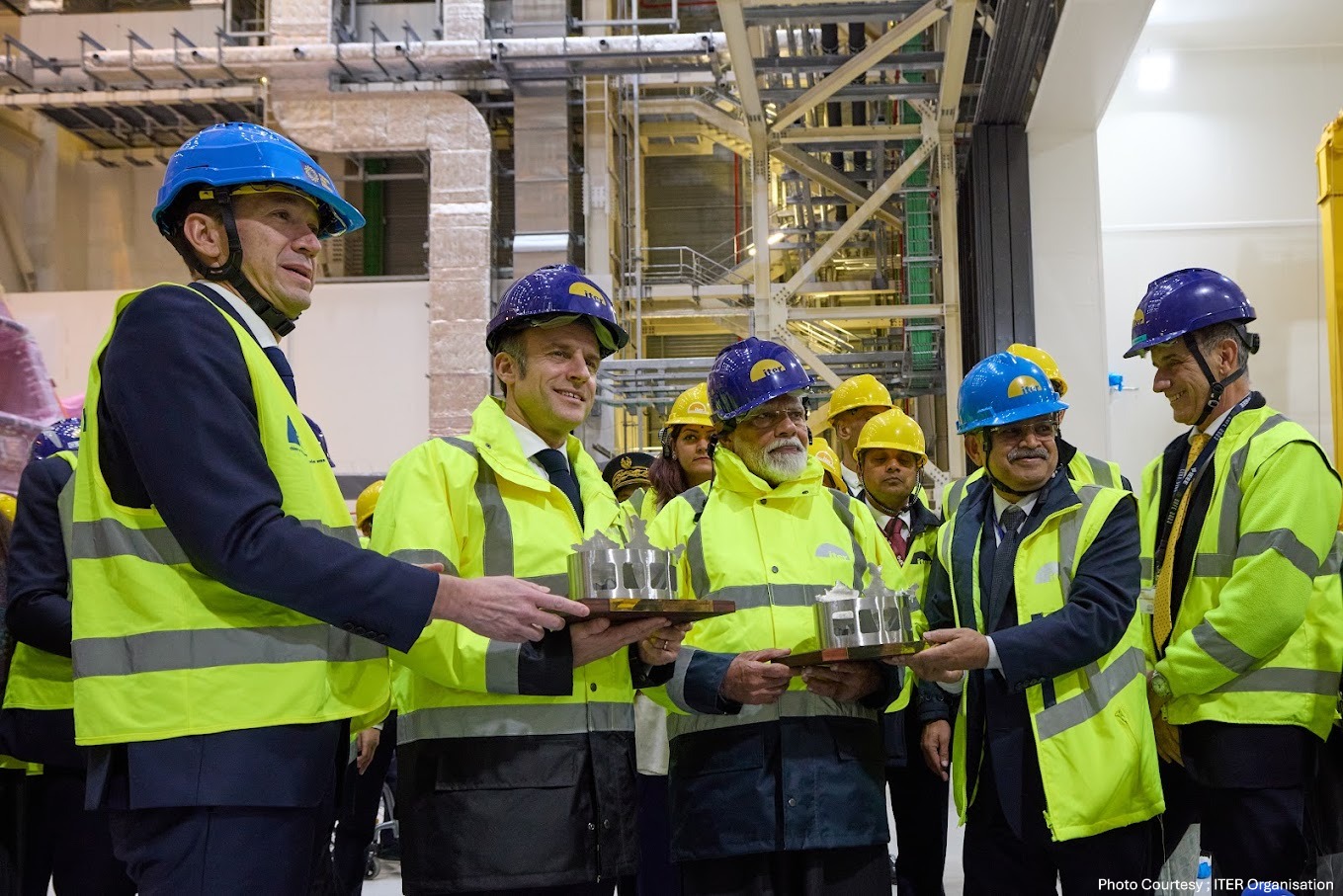
The most significant achievements in fusion experiments so far have been in tokamak based magnetic confinement fusion. Tokamaks provide today the most credible design for a future fusion reactor and ITER is also being built on this principle. Tokamaks were originally discovered in the erstwhile Soviet Union (hence the Russian acronym), but later tokamak based fusion experiments across the globe produced very promising results. The European tokamak JET (Joint European Torus) at Culham, UK is one of the major tokamaks in the world and has produced 16 MW of fusion power in D-T experiments.
In a tokamak, the plasma has a shape like an inflated tube of a car wheel, enclosed in a magnetic cage. The magnetic fields produced by the coils surrounding the plasma as well as by a current driven in the plasma itself, help in confining the hot plasma away from surrounding material walls. The plasma is heated to fusion relevant temperatures (a few hundred million degrees Kelvin!) by injecting high energy neutral particle beam or radio frequency waves from outside which get absorbed in the plasma (Figure 2).



